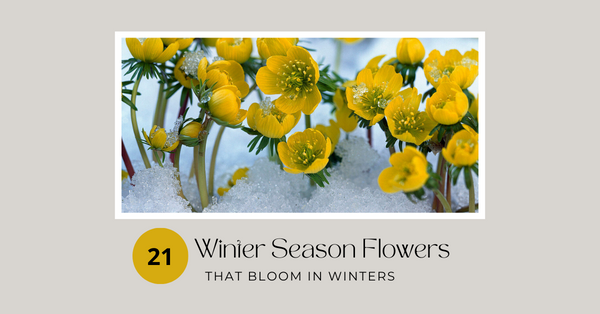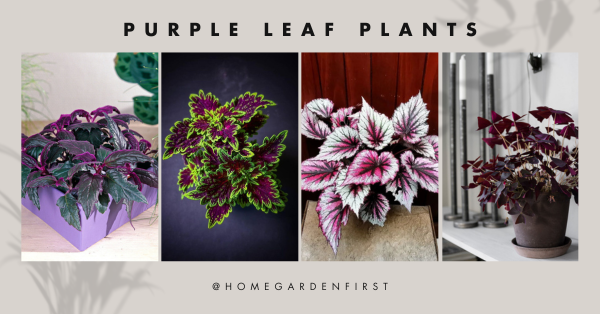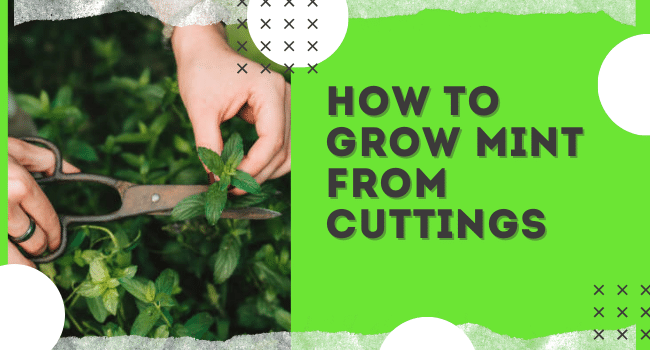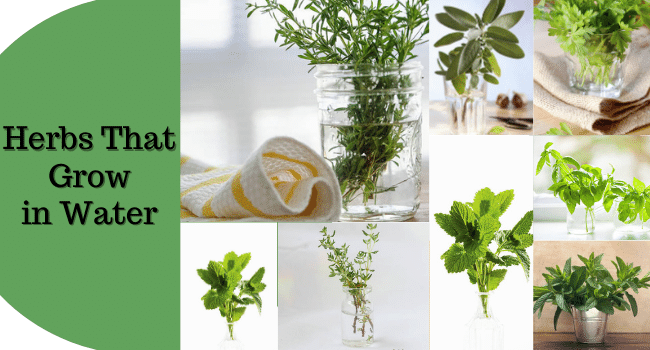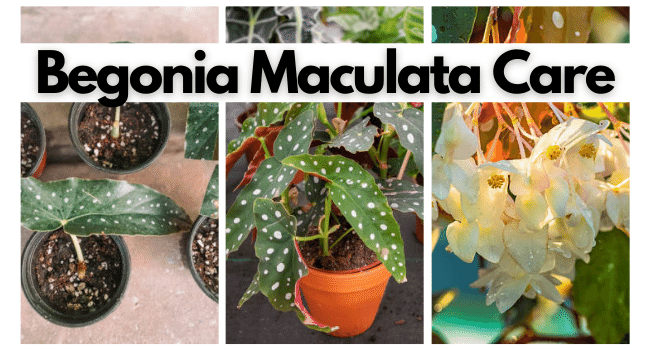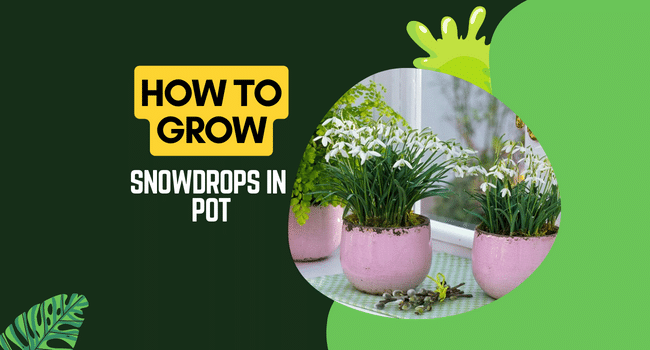How to Grow ZZ Raven Plant in Pot | Raven ZZ Plant Care
ZZ Raven Plant is hardy and adds exotic appeal to any surrounding. Learn how to grow Raven ZZ Plant in the pot by going through this post.

Botanical Name: Zamioculcas zamiifolia Raven
Common Names: Raven ZZ, Black Raven ZZ Plant, Black Zanzibar Gem plant
Black Raven ZZ plant is gaining popularity similar to its brethren ZZ plant, a popular houseplant. The foliage starts as lime green and slowly turns dark purple as the plant matures. Under low lighting, the foliage appears almost black, giving this plant an exotic appeal. It’s a perfect choice for novice gardeners as it thrives under neglect. Grow ZZ Raven plant in the container without any difficulty with this detailed grow guide.
How to Grow Raven ZZ Plant in Pot
Raven ZZ is a slow grower and grows to around 30 inches tall and wide; thus, it is well suited for the container. Either buy the Black raven ZZ Plant from the nursery or propagate it on your own. Raven ZZ Plant does well in the free-draining soil mix because they are susceptible to rot. Its drought tolerant and requires watering only when the soil becomes completely dry.
Raven ZZ Plant Propagation
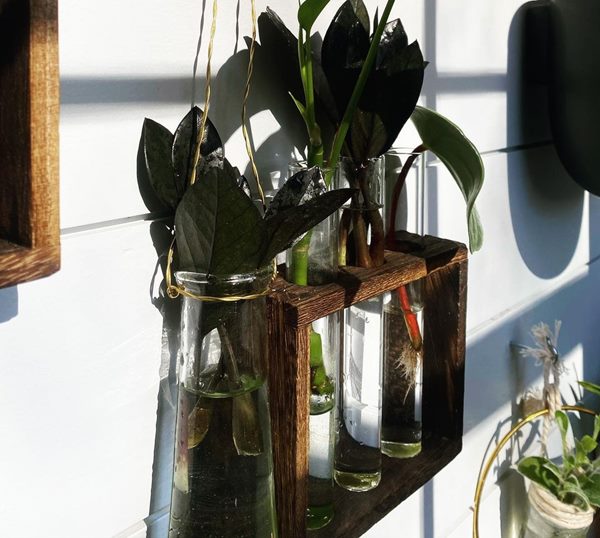
Propagating raven ZZ plant is possible from division, stem cutting, and even leaf cutting. Among the three, stem cutting and propagation from the division are preferred as they are easy and take less time. Here is how you can propagate the raven ZZ plant from cuttings.
- Take a six-inch-long cutting from a healthy part of the stem below the leaf node using a sharp pair of scissors.
- Place the cutting in the water in a transparent vessel so that the rooting end remains submerged in water.
- Roots will start to form in a couple of weeks. Make sure to change the water every 4-6 days.
- When the roots grow to around an inch long, transplant the cutting in potting mix. Congrats, you now have a raven ZZ plant.
To propagate the raven ZZ plant from division, gently pull out the mature plant from the pot. Get rid of the excess potting mix attached to the soil by tapping it lightly. Divide the root clumps using a sharp tool making sure that the stems remain intact. You’ll be able to see the rhizomes, which you can easily split and then plant in a new pot. As the new raven ZZ plant matures, it’ll form new rhizomes off the original ones.
Choosing the Container
Choose a pot that’s around 10-14 inches in diameter as it’ll provide enough space for the roots to grow. Make sure that the pot has drainage holes at the bottom to get rid of excess water. Alternatively, you can add a layer of perlite at the bottom instead of providing drainage holes. Ceramic pots work best, but you can also go for plastic or any other material.
Repotting
As the raven ZZ plant is a slow grower, there isn’t any need to re-pot yearly; instead, you can wait 2 to 3 years before re-potting. A good idea would be to split the plant at the time of re-potting. Spring and summer is the best time to re-pot!
Location
Raven ZZ Plant is pretty forgiving when it comes to lighting and will thrive under low to bright indirect light. Keep it protected from direct sunlight as it can cause leaf burn. So you can locate it anywhere from a south-facing window to a centerpiece in your living room; it’ll do just fine.
Soil
Plant it in a well-draining potting mix that’s rich in organic matter as it doesn’t like to sit in soggy soil. Soilless mixtures are best as they won’t become compact and are free from contaminations. Any good quality succulent or houseplant-based potting mix works well. You can add perlite or vermiculite to the mix if it isn’t well-draining.
Watering
The only thing to keep in mind when watering the raven ZZ plant is that less is more. Its drought tolerant, so water only when the soil becomes completely dry. Watering once every two weeks will suffice in the growing season. In winters, cut back watering to once a month. Yellowing and droopy leaves are a sign that the plant is being overwatered.
Raven ZZ Plant Care

Temperature and Humidity
Similar to other common houseplants, average room temperatures range from 60 degrees F to 85 degrees F. It’s best not to let it go below 50 degrees F, or it can affect growth and might also kill the plant. Also, protect the plant from cold drafts of wind in winters. It doesn’t have any special humidity needs; if it’s good enough for you, it’s suitable for the plant as well.
Fertilizer
You can amend the potting mix with aged compost to increase nutrient availability. It’s not a heavy feeder, so there is hardly any need to fertilize. If the potting mix lacks nutrients, apply a well-balanced houseplant or succulent fertilizer diluted half to its strength in spring or summer to boost growth. Do not fertilize in winters.
Pests and Diseases
Common garden pests such as aphids, scales, and mites can cause some damage to the foliage. Get rid of them by wiping the leaves with cotton dipped in soap or neem oil solution. You can also spray the solution over the plant. Also, overwatering leads to root rot, so do not overwater.
ZZ Raven Plant Toxicity
ZZ raven plant contains a compound calcium oxalate which causes discomfort when ingested orally. That’s why it comes under the list of toxic plants and should be kept out of reach from pets and children. Although it’s non-lethal so there isn’t any need to worry too much.
